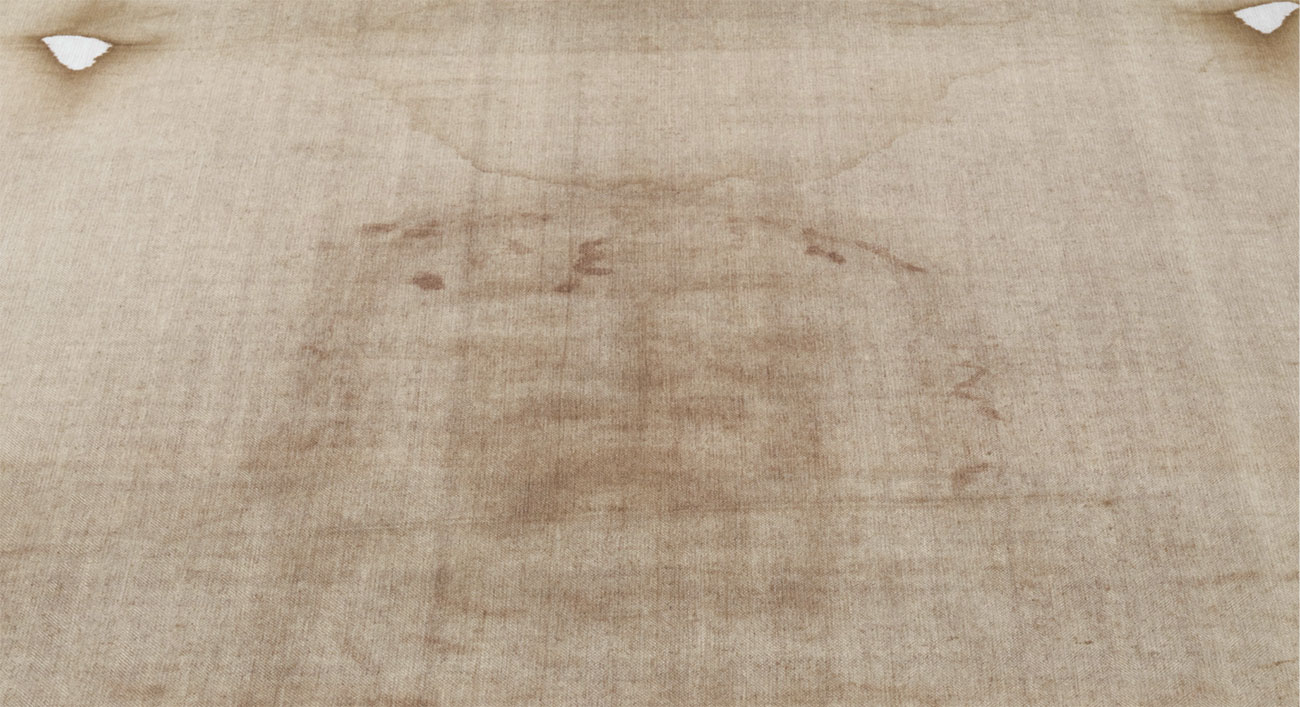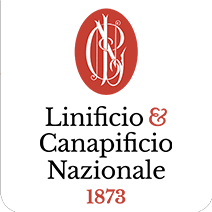The Holy Shroud is “reborn” in an exceptionally limited series of certified copies in 1:1 scale.

25 Giu 2020
LINIFICIO | HOLY SHROUD
Linen is the world’s oldest and quintessentially most elegant fibre. Its use dates back 8000 years before Christ. It is a fabric that accompanies the entire cycle of life: from birth with the nappy (‘panno-lino in Italian, meaning ‘cloth-linen’), to the tablecloth at a banquet, to the shroud used to wrap the deceased.
After years of research and experimentation, this extraordinary project has finally become reality: for the first time in history, certified copies of the Holy Shroud have been created.
A project that combines faith, devotion, and tradition, bringing to the world a message of hope as well as the enduring art of the textiles of Bergamo.
The project, recognized and supported by the International Center for Studies on the Shroud, the only authority in the world to be officially recognized by the Pontifical Custodian of the Shroud, to which it is consultant. The project was realized thanks to a network of Italian textile excellence coordinated by the promoters of the initiative: Municipality of Peia, Municipality of Gandino and the district ‘Le Cinque Terre della Val Gandino’.
The project also enjoyed the active support of GAL Valle Seriana, Laghi Bergamaschi and Uniacque.
Linificio e Canapificio Nazionale dealt in particular with the identification of the suitable seed, the EDEN variety, together with Terre de Lin, and with spinning flax for weft and warp. Weaving with a ‘providentially wrong’ loom was carried out by Torri Lana and ultra-high definition printing by EFI Reggiani.
Linificio e Canapificio Nazionale relied on Terre de Lin for the separation of the fibre from the hemp and combing with tape packaging. Assorting the fibre led to considerable work in blending during the preparation phase, with couplings and refinement of the ribbons. To arrive at the weaving phase, it was necessary to obtain two counts, 20 and 39. (count: the kilometers of thread present on a one-kilogram cone).
Three centers of excellence at the service of a project unique of its kind.
The difference in weight between the original Holy Shroud and the certified copy is between just 1% and 2%.
The Diocesan Commission for the Shroud scrupulously followed every phase of the process, and for the first time in history granted certification of the copies produced.
The first certified copies were delivered to the Archbishop and Pontifical Custodian of the Holy Shroud at the Cathedral of Turin and the Museum of the Shroud, the permanent base in Turin devoted to the dissemination and study of the Holy Linen Shroud.
Two other certified copies “will come home”: they will be delivered to the Cathedral of Chambéry, where the Holy Shroud was damaged by fire in 1532. The House of Savoy then took the Shroud from Chambéry and brought it to Turin in 1576. A copy was given to the Museum of the Bible in Washington, where a special section devoted to the Shroud was inaugurated in Spring 2022.
Other certified copies have reached a small number of churches and museums selected by the International Center for Studies on the Shroud, offering the faithful from all over the world the opportunity to admire and venerate the reproduction of the linen cloth that wrapped the body of Christ after the Passion.
Certified copies of the Shroud are also a mens for dissemination and promotion as they have a QR Code that redirects the user to the project website
The Shroud of Turin is preserved with extreme care to ensure its preservation over time. It is kept in the Cathedral of Turin, specifically in the last chapel of the left aisle, under the Royal Tribune.
To protect it, the Shroud is contained in an airtight reliquary case, in the absence of air and in the presence of an inert gas, positioned flat and horizontal
This special theca is designed to protect the fabric from both physical damage and damage caused by exposure to light and air, which could accelerate the degradation process.
The theca for conservation is further enclosed in a large metal case, making the Shroud not visible to the public except during rare occasions of public display.
These conservation measures have been taken to maintain its integrity, considering its historical, religious and cultural importance.
In addition to physical preservation, the Turin Cathedral and the Shroud Museum offer visitors the opportunity to learn more about the history and significance of the Shroud through videos and volunteers present to provide information. This approach balances the need to preserve the Shroud with the public interest and devotion it inspires.


